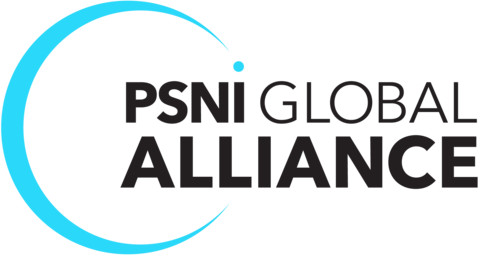Making Smart AV Investments: Balancing Cost, Sustainability, and Future-Proofing
AV and IT managers in 2025 face significant challenges, including tighter budgets, mandatory sustainability goals, and rapidly advancing technology. What’s the best way to make AV investments that balance cost, flexibility, and sustainability? It starts with a smart plan.
PSNI’s Global Technology Partners recommend focusing on three areas: scalable systems, lifecycle planning, and targeted sustainability improvements. These strategies help reduce upfront expenses while keeping long-term goals in sight.
If you haven’t already, check out our first blog, AV Trends in Europe 2025: The Future of Intelligent, Sustainable Solutions, to learn more about the trends driving these strategies.
Focus on Systems That Scale
When budgets are limited, scalability helps you maximize what you have today while leaving room for growth tomorrow. Scalable systems are designed to start small and expand gradually, so you only pay for what you need at each stage.
“Modular systems, such as those built on encoders and video wall nodes, allow businesses to start with a smaller investment and expand as needs grow,” says Colin Farquhar, Senior Vice President of Sales at VITEC. “This approach not only reduces initial costs but also ensures that the system can evolve alongside technological advancements and changing requirements, effectively preparing for the future without the burden of excessive upfront expenditure.”
Consider a video wall system for a control room. Instead of buying an entire setup at once, you could start with a smaller configuration and expand as operations grow. Similarly, meeting room systems can be enhanced over time by adding cameras or upgraded microphones to an initial setup.
The payoff? Lower upfront costs and an AV solution that evolves with your needs.
Sustainability Beyond Energy Efficiency
Sustainability in AV isn’t just about reducing energy usage. It’s also about choosing solutions that minimize waste and extend system lifespans. Modular designs, for example, reduce the need for frequent equipment replacements, which not only saves money but also keeps old hardware out of landfills.
“The push for ‘green AV’ includes reducing e-waste and adopting circular economy models,” says Sony’s team. This means rethinking how products are made, used, and eventually recycled to reduce environmental impact.
Another approach is cloud-based AV management. By moving to software-driven solutions, you can reduce reliance on physical hardware, which tends to require frequent upgrades and replacements. These strategies aren’t just better for the planet—they help businesses adapt to evolving regulations and expectations.
Plan for the Full Lifecycle
Cost-effectiveness isn’t just about the purchase price. It’s about understanding the full lifecycle of an AV system—from installation and maintenance to energy use and future upgrades. This comprehensive approach can prevent hidden expenses and maximize ROI.
“My advice … is to shift the conversation from focusing solely on day-one deployment to considering the full lifecycle of AV investments,” says Pierre Gillet, Vice President of International Sales at BrightSign. It’s important to understand that the financial and time investments made during the early stages of AV integration can yield significant long-term benefits.”
For example, all-in-one systems like Sennheiser’s TeamConnect Bars are built for easy upgrades. These devices let you expand functionality without replacing core hardware, reducing operating costs and supporting long-term scalability.
The key is to consider not just what the system does now but how it can grow and adapt over the years.
What’s Next?
Making smart AV investments doesn’t have to be complicated. By focusing on scalable designs, sustainable practices, and lifecycle planning, you can balance immediate needs with long-term goals.
In our next blog, we’ll explore how AI is driving innovation in mission-critical AV systems and smarter meeting spaces.
Want more insights into 2025’s top trends? Visit PSNI’s top Solution Picks at ISE 2025 and check out our last blog, AV Trends in Europe 2025, for a deeper dive into the technologies shaping the industry.







